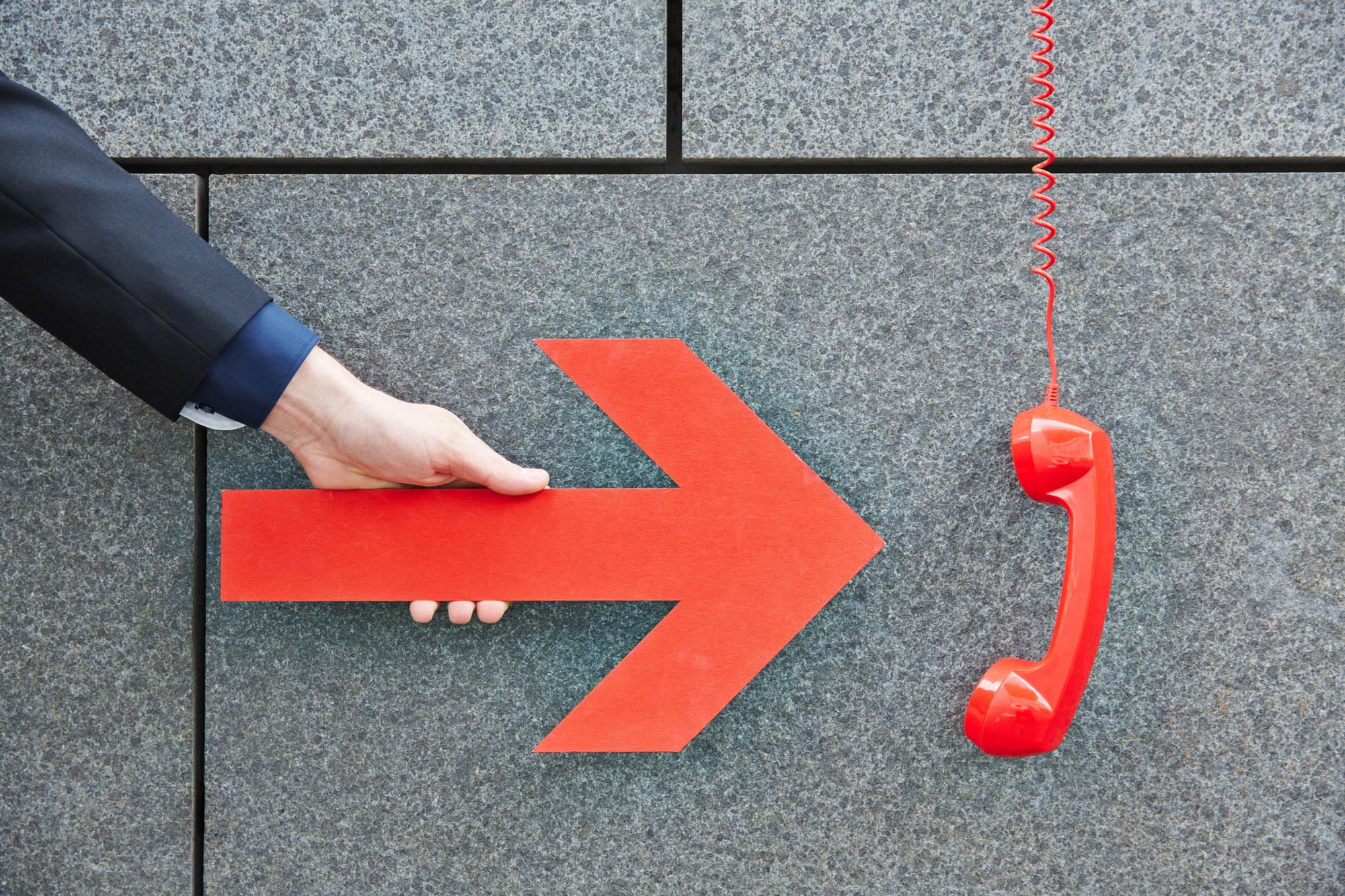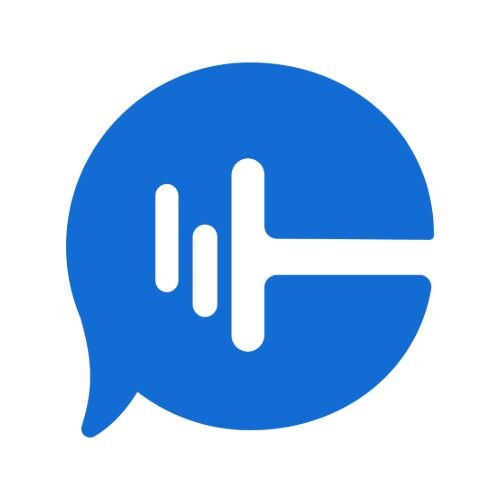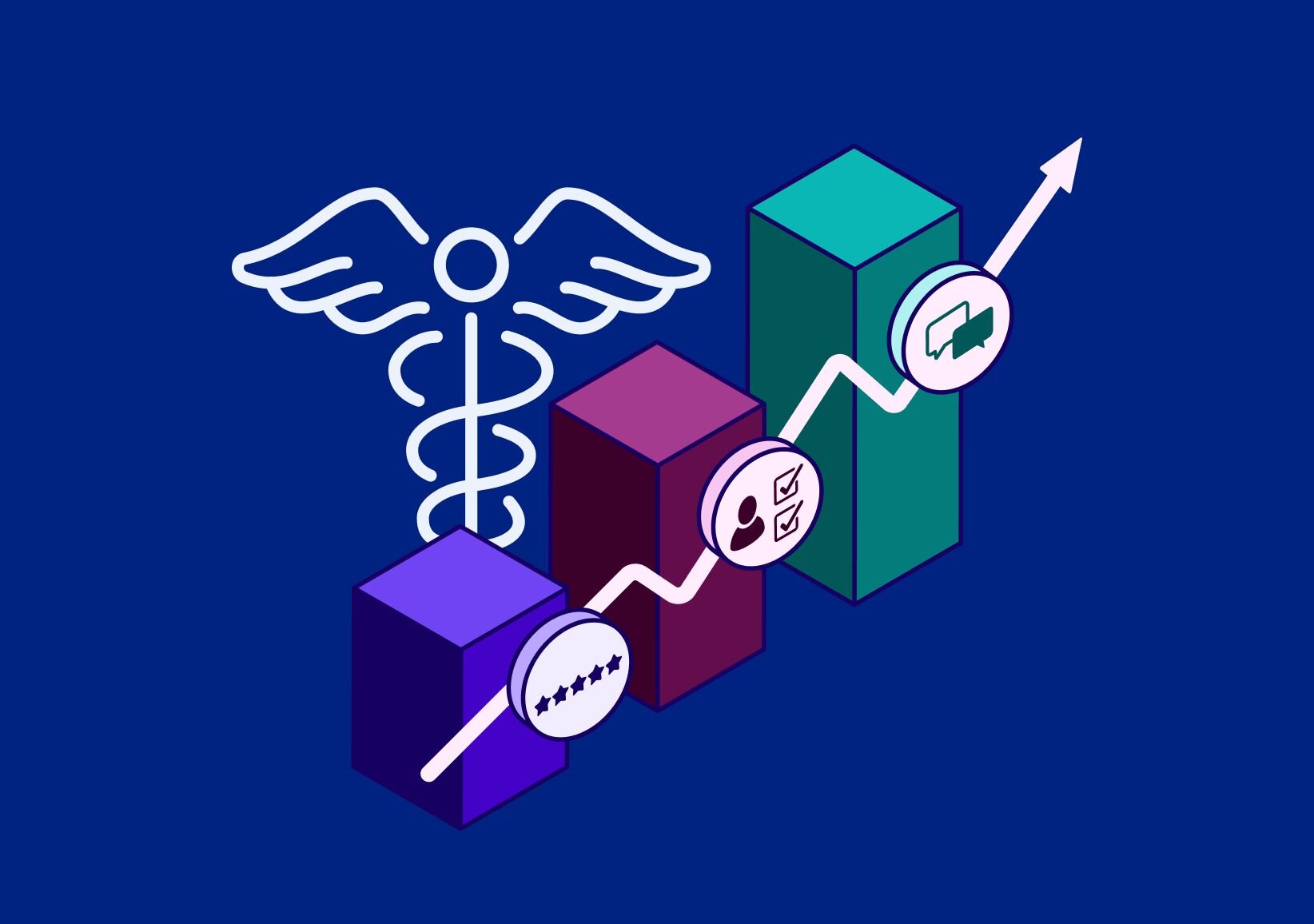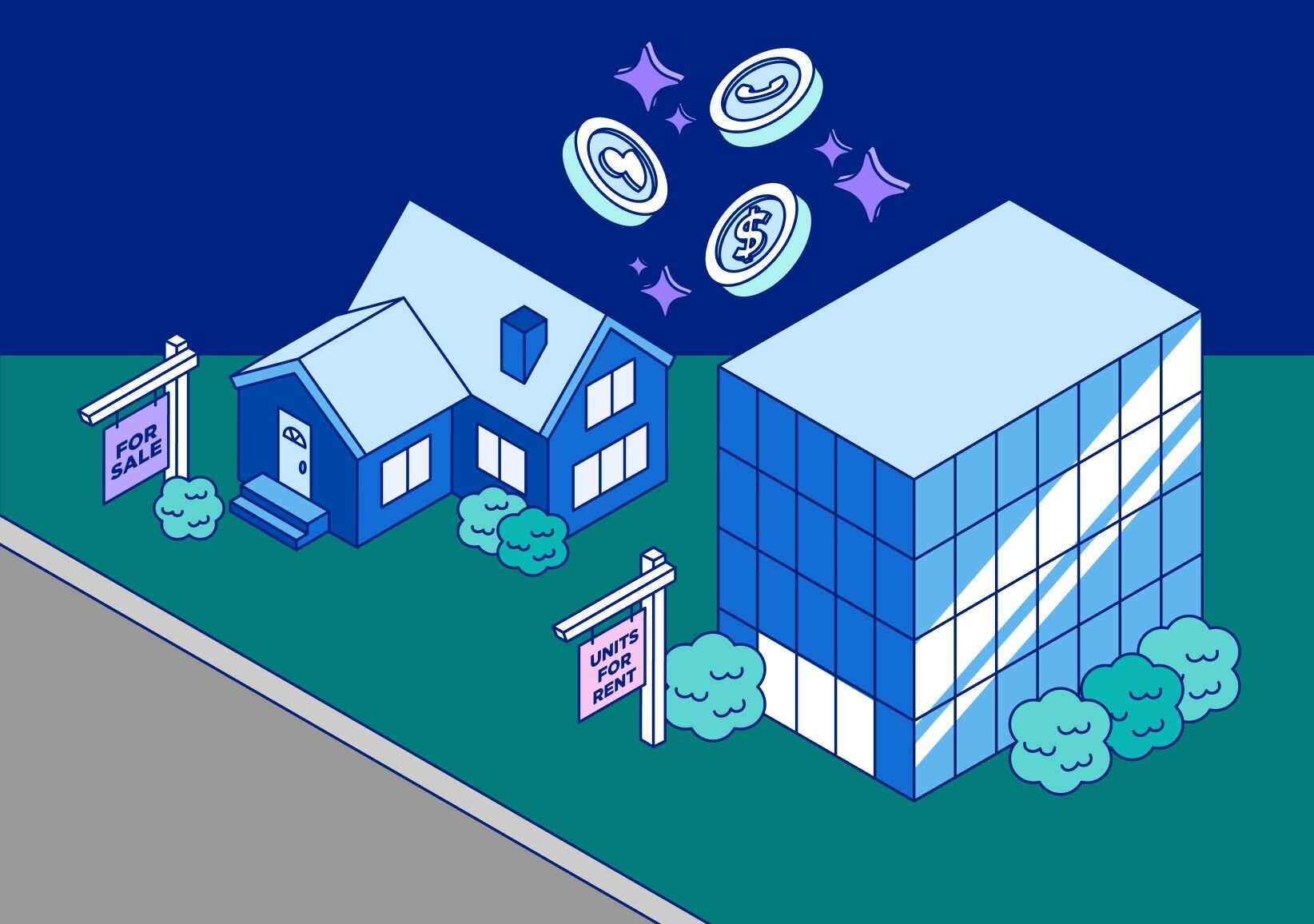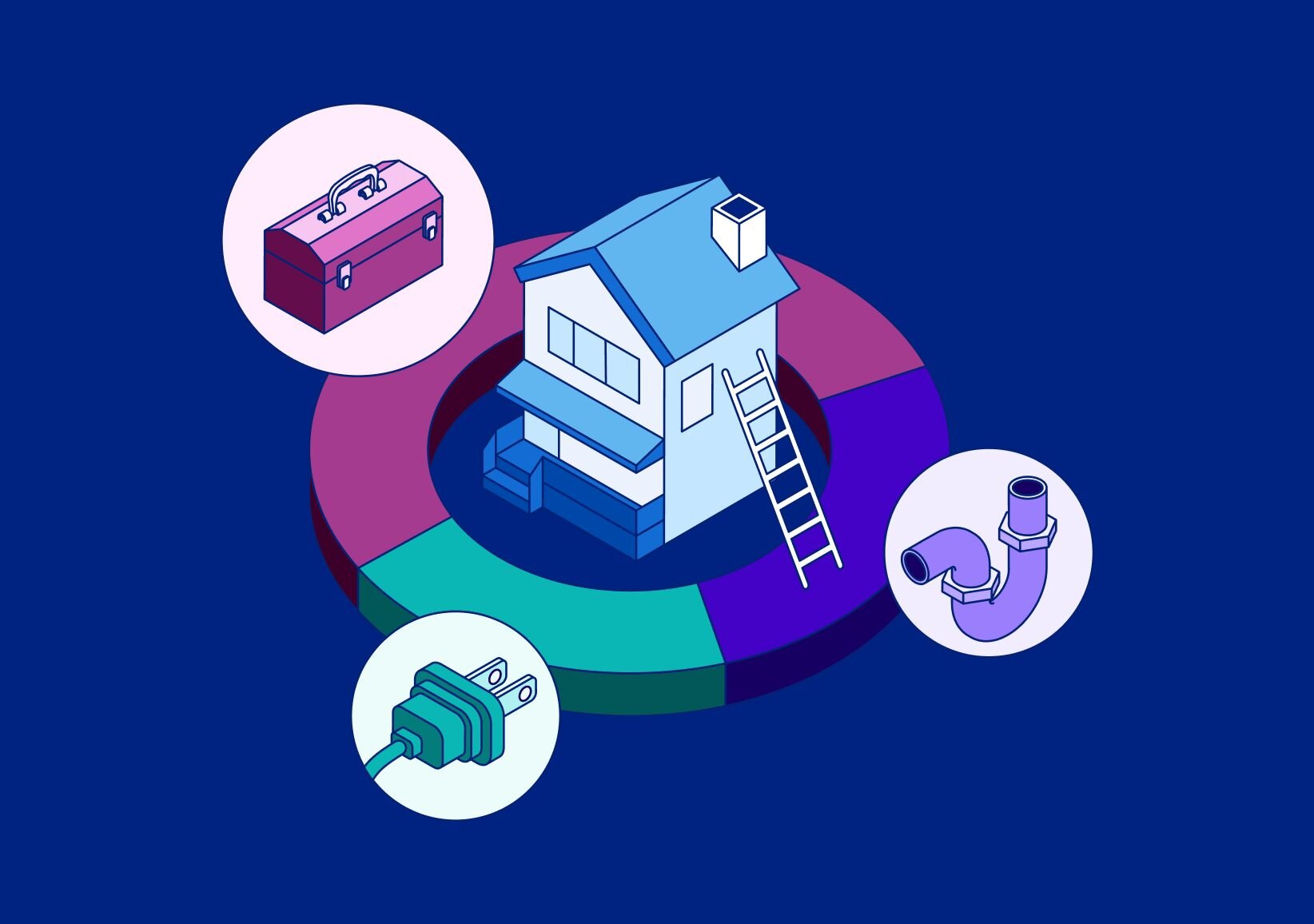Good marketing is carefully tailored to its intended audience. That means there are big differences between marketing to a business (B2B marketing) and marketing to a customer (B2C marketing), including voice and tone, customer needs, and the overall buying cycle.
Customer needs with B2B vs B2C marketing
Businesses and individuals each have different needs to consider when selling them a product or service.
Businesses usually must get prior approval for purchasing decisions, so they need logic and data to convince key stakeholders. On the other hand, individuals can make purchases based on emotion, without requiring anyone else’s approval — they want products or services that satisfy an underlying emotional need.
B2B marketers should speak their client’s language by using a business professional voice and industry jargon, when appropriate. B2C customers, in contrast, are turned off by jargon and do best with simple, direct language that addresses their needs.
These key differences have an impact on every part of the marketing process. B2B marketing funnels may include digital assets such as white papers, longform blog posts, or technical specifications that provide their audience with the information they need to make purchasing decisions. But with B2C, the typical consumer won’t find this data very useful, so marketers might instead show them infographics, emotional videos, or short and snappy blog posts.
Customer relationships in B2B vs B2C marketing
Businesses like to make data-driven decisions, so tight relationships are less important to them than they might be to consumers. Companies that provide efficient service and high-quality products thrive in the B2B sphere.
Conversely, consumers often want close relationships with brands, and companies who nurture relationships are rewarded with customer loyalty. It takes extra time and effort to cultivate close relationships through social media engagement, blogging, loyalty programs, and other incentives.
Level of detail in B2B vs B2C marketing
B2C customers need to understand how a product or service benefits their lives. By focusing on the user experience and producing content that speaks to the physical and emotional benefits of a product, companies can create engaging B2C marketing content. If conversion rates are low with B2C marketing, there is likely a mismatch between the product or service and the emotions appealed to in advertisements.
With a B2B audience, this big-picture approach is often insufficient. Forget ‘less is more’ — more is more with B2B audiences, who must understand how a product or service will save them time, money, and resources over doing something in-house. If B2B conversion rates are low, the audience may be unclear on how the company’s product or service will impact one of these variables.
B2B vs B2C buying cycle
The business buying cycle is much longer than the B2C buying cycle due to the oft-lengthy chain of command involved with decision-making. It’s important for marketers to remember this when planning campaigns, especially if they’re shifting target audiences.
With B2C, the buying cycle is significantly shorter, as is the complexity of the message. Once they feel confident a company’s offering will solve their pain points, they’re usually ready to buy.
Understanding the key differences between B2B and B2C marketing is critical for effectively targeting campaigns to your audience and boosting conversion rates.
Learn more about how call tracking can help your business, whether you’re B2B or B2C: Start your 14-day free trial of CallRail today, or request a personalized demonstration.



